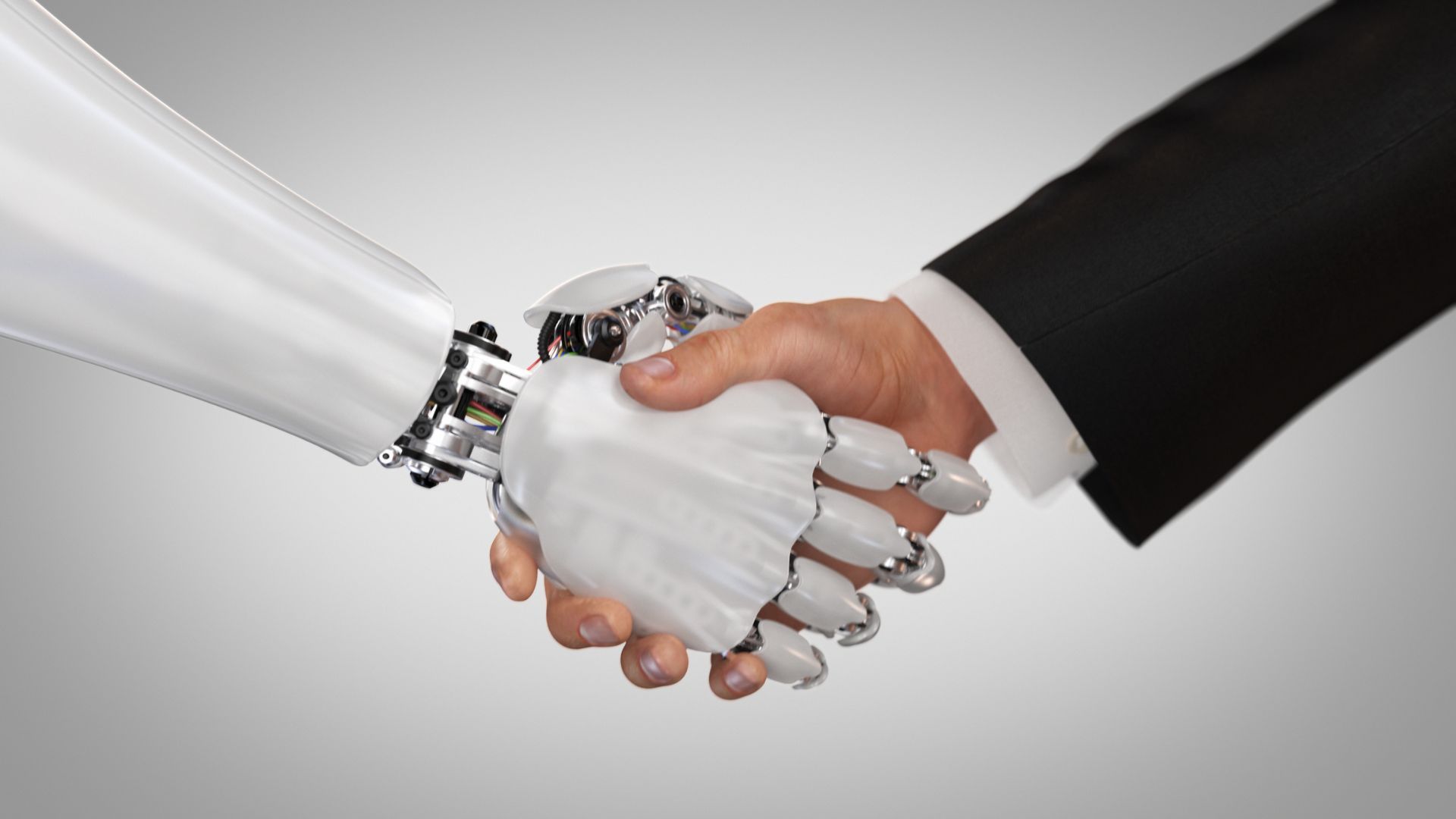What to consider before embarking on a working holiday to Australia.
Jakobb Mills • February 7, 2022

Planning for your working holiday is all about knowing what to expect. Whether you have a job lined up or plan on picking up work along the way, there are a few essential tips that every Working Holiday Maker should know. Before you board that plane, be sure to review these ten things you should know before travelling to Australia in 2022 as a Working Holidaymaker
Know your lodging and banking plans
When you first arrive, you will need to secure two vital things: A place to stay and an Australian bank account. It's a good idea to have these two features worked out before you board the plane. Know the first place you will board and how long you will stay there. Choose an Australian banking branch nearby where you can easily walk or get a ride from your lodgings.
Your Australian bank account is key to being paid by your Australian employers.
Get an Australian SIM card for your phone
You will also want an Australian SIM card for your cellphone. Electronics are pretty pricey here, so bring your phone from home - but pick up a phone service and SIM card for that service here in Australia. This will connect you with local communication rates and plans. After all, you'll be here for an entire year - and you'll want to have a callback number for all your amazing jobs and friends you will discover.
Everything you want to do in Australia on holiday
Make a list of everything you want to do on your Australian holiday. Weigh it against your plans to work and where you want to be. Many working holiday makers travel from beach to beach, picking up hospitality work along the way. Others find a serious job opportunity and make their holiday plans in a more typical way - scheduling weekends and off days to hit the beaches, cliffsides, and nightlife that so many come to see.
Pack your mask collection
Australia is very serious about viral safety, so bring your masks. 2022 working holidaymakers should be ready to wear a mask at all times in public spaces and in shared hostel rooms. Bring a collection of masks and wash them regularly along your travels so that you and others are safe.
Restaurant food is delicious but pricey
Make plans to cook at home, wherever home may be. Here in Australia, the restaurant scene is legendary with cuisine from all over the world. But actually eating out for every meal can be pricey. Don't plan to live off take-out. Instead, find somewhere with a kitchen you can use. Partner up with other young people for a group vacation home or rent a room in a home with a shared kitchen to save money on food.
Make plans for work and career development
You can pick up odd jobs across Australia easily, but you can also build your career. Don't assume that prestigious positions and resume-worthy roles stop when you come on a working vacation. You can do everything from an all-year-round job to job searching for specialty roles in your area of expertise. There are plenty of opportunities for career development.
Australia has real weather, not just warm sunshine
Pack for seasonal weather. Australia has a reputation for being extremely hot all the time, but most of our regions do experience fall, winter, and spring-like everywhere else. Staying all year, you're going to need a few jumpers and trousers in addition to your summer collection of tank tops and swimsuits.
You can find helpful services everywhere
Not sure how to plan your working holiday? There are dozens of organizations ready to help you. From hotels and temporary work agencies to groups specifically designed to direct working holidaymakers, you don't have to take on working holiday planning or even mid-holiday emergencies all on your own. Don't be afraid to reach out for assistance.
To get a second year, you'll need 3 months in specified work
Working holidays can be extended to a second and even third year, but with a focus on specified work mainly in Australia's agricultural industry. In order to get a second year, you will need to spend 3 of your 12 months doing work in the 417 specified subclass. These jobs include
- Tourism in very remote Australia
- Plant and animal cultivation
- Fishing and pearling
- Tree farming and felling
- Mining
- Construction
- Bushfire recovery work
- Critical COVID-19 work in healthcare and medical sectors
You can reclaim some of your taxes and superannuation funds
Finally, don't forget to reclaim some key funds when your year is over. Your Super(annuation) funds are a type of retirement account you can cash out when you leave. But leave it if you plan to come back and work in Australia more. You can also reclaim some of the taxes withheld from your paychecks by filing a special tax return before or shortly after you leave.
Interested in finding a role across Australia? Visit our people2people website to find the job you love and help you on your journey : www.people2people.com.au
Find the job you love I Find the right talent
Get in touch with people2people
Australia
I
United Kingdom
In business since 2002 in Australia, NZ, and the United Kingdom, people2people is an award-winning recruitment agency with people at our heart. With over 12 offices, we specialise in accounting and finance, business support, education, executive, government, HR, legal, marketing and digital, property, sales, supply chain, and technology sectors. As the proud recipients of the 2024 Outstanding Large Agency and Excellence in Candidate Care Awards, we are dedicated to helping businesses achieve success through a people-first approach.






